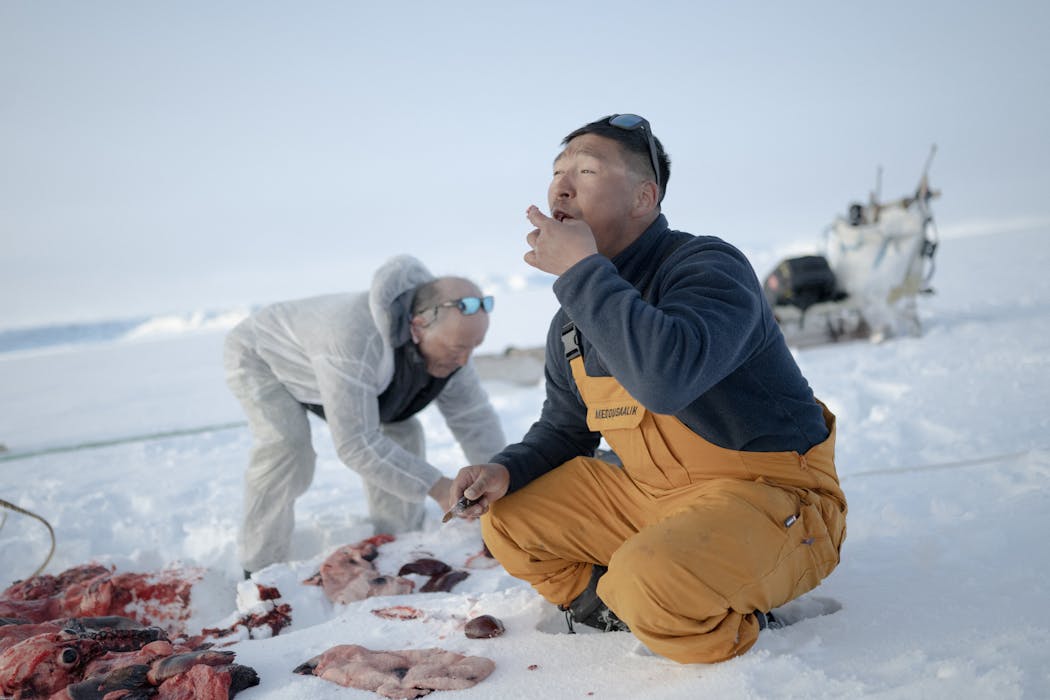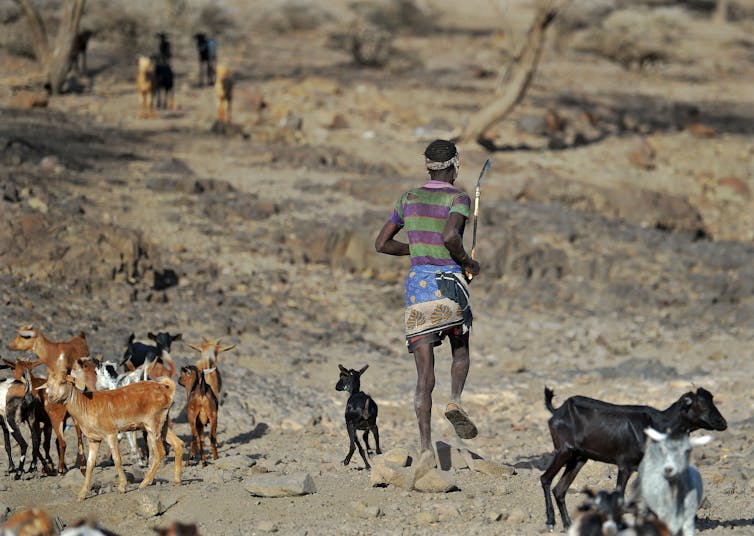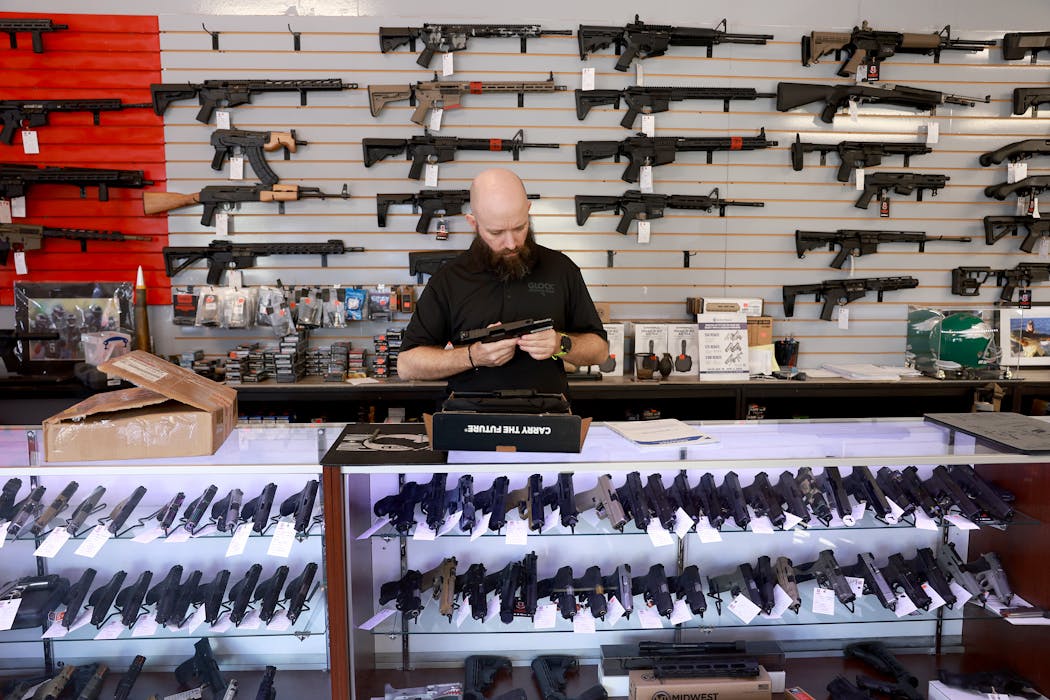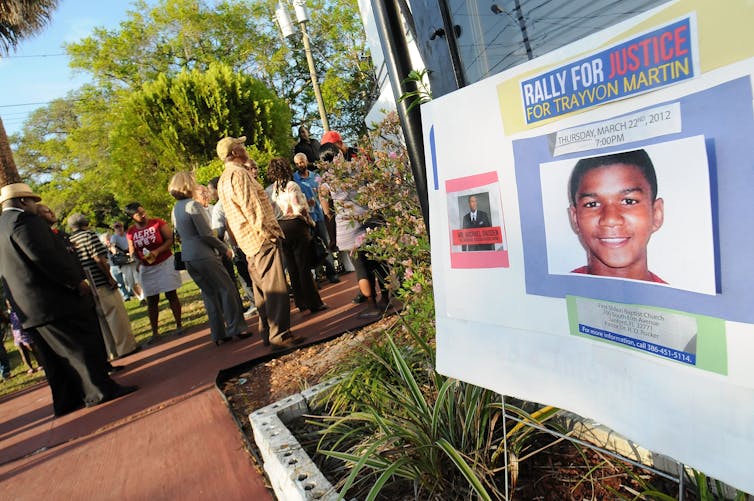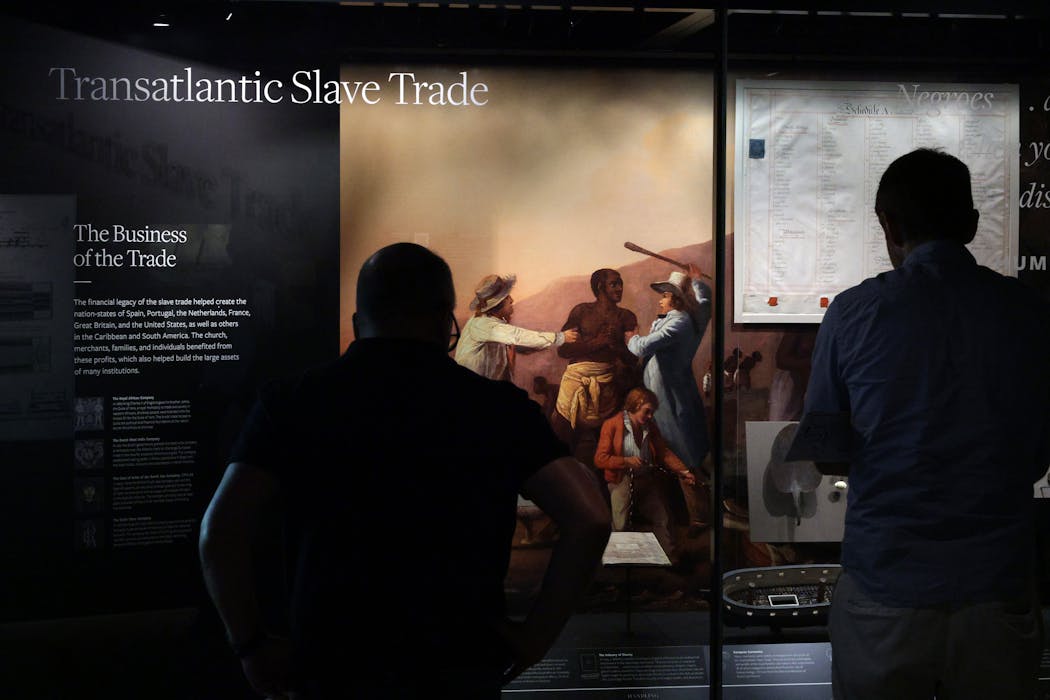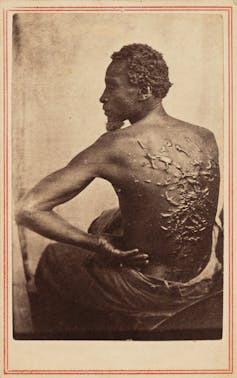Source: The Conversation – Africa – By Misheck Mutize, Post Doctoral Researcher, Graduate School of Business (GSB), University of Cape Town
The decision by the rating agency Moody’s to downgrade Senegal’s sovereign credit rating in late October 2025 triggered an immediate week-long sell-off in Senegal’s Eurobonds. This was the third downgrade in one year. It left the country’s 16-year bond trading at a 40% discount to its face value. Meaning, for every one dollar denominated bond, it was being sold for 60c on the market.
Moody’s decision once again raised questions about the accuracy of decisions taken by the world’s three biggest rating agencies – Moody’s, Standard and Poor’s, and the Fitch – when it comes to African countries.
One of the main reasons for Moody’s downgrade was Senegal’s decision to turn to regional markets to raise capital. Since the start of 2025, the government has raised over US$5 billion through the West African Economic and Monetary Union regional bond market. This is approximately 12% of Senegal’s US$42 billion public debt.
Moody’s interpreted Senegal’s actions as weakness, warning that dependence on regional investors could expose Senegal to ‘reversals in investor sentiment’. In other words, the rating agency treated the fact that Senegal had mobilised domestic and regional capital as a new source of risk. On the contrary, S&P recognise this strength.
I have been researching Africa’s capital markets and the institutions that govern them for decades. Drawing in this, I argue here that Moody’s interpretation is both unfair and analytically flawed. Tapping into local and regional capital markets isn’t a liability. It’s a model of the fiscal sovereignty African countries have been encouraged by economists and African leaders to pursue for decades. This enhances self-reliance and reduces vulnerability to external shocks.
At the heart of the problem lies a narrow definition of risk. Rating models for emerging markets still prioritise narrow macroeconomic indicators – per-capita GDP, foreign-exchange reserves, current-account balances and IMF programme status. They don’t capture qualitative factors like domestic investor participation, fiscal adaptability and the development of regional markets.
Regional markets versus global
Countries worldwide are increasingly relying on local and regional markets to raise capital. In Africa, South Africa, Nigeria, Burkina Faso, Mali and Côte d’Ivoire have been mirroring patterns seen in Mexico, Brazil and Indonesia, prioritising domestic and regional borrowing.
Regional and local-market financing has a number of benefits for countries.
First, it reduces foreign exchange exposure by reducing the needs for huge foreign currency reserves for debt servicing.
Second, it strengthens domestic market liquidity by expanding the number of local investors on the bond market.
Third, it keeps debt-service payments within Africa’s financial ecosystem. Retaining capital on the continent and reducing dependence on volatile external financing.
Lastly, it minimises market swings. Domestic bondholders are largely local institutional investors — a more stable and less speculative pool of capital that understands local market dynamics far better than external rating agencies.
Senegal’s regional bond issues have been performing extremely well because investors want to buy more than the government is even offering — a sign of strong demand. The interest rate it paid, averaging 7%, was also much lower than the much higher (double-digit) interest rates it would have been charged if it had borrowed from international markets through Eurobonds. In simple terms, borrowing locally was cheaper, safer and more attractive for Senegal than borrowing globally.
Investors from across the region – pension funds, banks and insurance companies – have been lining up to purchase the bonds on all the five issuance in 2025.
Senegal’s success boosts confidence among local investors and encourage other African governments to tap their own capital markets. A powerful incentive to mobilise more African capital for the continent’s development.
When ratings become a source of risk
Moody’s downgrade triggered immediate selling of Senegal’s Eurobonds due in 2048, driving their price down to about 72 cents on the dollar. That slump was not because the country’s economic fundamentals were deteriorating, it was sentiment triggered by the downgrade.
This dynamic creates a damaging feedback loop. Negative ratings lead to investor flight, which raises borrowing costs and validates the pessimism. In effect, the perception of risk becomes the cause of risk.
This cycle undermines the policy credibility of African governments. It disincentivises reform and discourages innovation.
It’s not the first time that rating agencies have cautioned risks that have a near zero chance of materialising and in the process, shaken investor confidence and caused capital fight. These include:
-
During the COVID crisis S&P warned of imminent food shortages and foreign-exchange depletion in Egypt despite stable remittance inflows and active central-bank management.
-
In 2023 the Kenyan government announced plans to repurchase part of its maturing Eurobond. This was a prudent debt-management step, but Moody’s warned it would be interpreted as a sign of distress. This never happened. In fact, Moody’s later upgraded Kenya’s outlook, largely based on the success of same bond restructuring which it warned against 10 months earlier.
What needs to change
Credit ratings are supposed to guide investors, not govern economies through certain policy inclinations. But in Africa’s case, they often do both. Because many institutional investors are required to hold investment-grade securities, a single downgrade can abruptly cut a country off from international capital markets.
The consequences are immediate and severe – higher interest rates, reduced access to credit, weaker currencies and a perception of crisis. This sequence can unfold even when a country’s underlying fundamentals are still strong. Overly cautious rating assessments not only reflect negative market sentiment, they create it.
Africa does not need special treatment, it needs balanced and context-sensitive rating evaluation.
Accurate risk assessment would recognise the strategic logic of financing through domestic and regional markets. It would acknowledge that by financing through domestic and regional markets, African governments are building alternatives that are better suited to current realities.
Global agencies must therefore recalibrate their analysis to account for domestic and regional market depth, fiscal adaptability, strength and stability of Africa’s internal markets. Ignoring these and focusing solely on perceived weaknesses is to tell an incomplete story to investors.
Without such adjustments, rating agencies will continue to lag behind economic reality and risk becoming instruments of distortion rather than insight.
![]()
Misheck Mutize is affiliated with the African Union – African Peer Review Mechanism as a Lead Expert on credit ratings
– ref. Senegal’s credit rating: Moody’s latest downgrade was questionable – here’s why – https://theconversation.com/senegals-credit-rating-moodys-latest-downgrade-was-questionable-heres-why-269473

